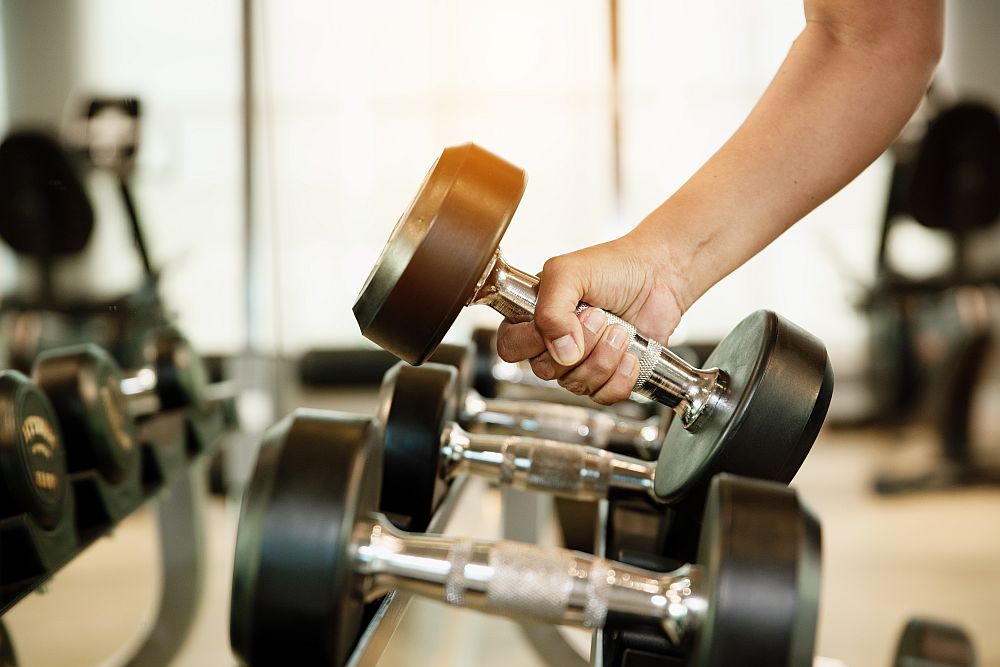
[Image above] Crack initiation and healing in a Cr2AlC MAX phase. SEM images show initiation of cleavage cracks and kinking of ligaments between cracks. The dash-dot-dot lines trace the plastic deformation bands, and the arrow points to the growth and healing of a crack. Credit: Rathod et al., Science Advances (CC BY-NC 4.0)
I have a slow crack growth experiment underway on the windshield of my car. I noticed the crack for the first time the other day, and my plan is to watch it and eventually make an educated guess about when to replace the windshield. My goal, of course, is to replace it before a dramatic failure takes place.
In the context of ceramic materials, “dramatic” failure often means catastrophic failure and can lead to loss of life, limb, or property—bad things that are undoubtably worth preventing.
Because of their unique properties, ceramic materials are suitable for hostile environments, especially when chemical or structural stability at high temperatures are needed. A few examples include gas turbines, jet engines, hypersonics, and nuclear reactors. Nobody can afford the luxury of watching a crack slowly develop in those service situations.
To date, tactics for preventing crack growth mostly involve toughening mechanisms to prevent, delay, or interrupt crack initiation and propagation. But what if a crack could be healed instead? New research from researchers at Texas A&M and Universite Grenoble Alpes in France demonstrated healing of cracks at room temperature through a mechanism that the authors describe as “kinking-induced crystallographic rotation and plastic deformation.”
The material investigated was the MAX phase Cr2AlC single crystal. MAX phases are atomically layered ceramic materials with the general formula Mn+1AXn, where M is a transition metal, A is a metalloid, and X is carbon or nitrogen. The layers are weakly bonded, which leads them to fracture readily.
Despite the weakly bonded layers, MAX phases have a surprisingly high damage tolerance. Other atomically layered materials such as graphite, mica, and boron nitride are known to have poor damage tolerance and cleave readily long the weakly bonded planes.
In an ACerS Bulletin article in April 2013, Miladin Radovic, professor of materials science and engineering at Texas A&M, and Michel Barsoum, Distinguished Professor at Drexel University, described mechanical properties of MAX phases and the role of dislocations. However, the reason for MAX phases’ high damage tolerance remained a mystery—until the new study.
“What we discovered by testing single-crystal MAX phases that became available only recently is amazing as it shows that cracks in individual MAX phase grains can close and heal, thus contributing to the exceptional damage tolerance of MAX phases,” Radovic says in an email.
In the new study, the researchers conducted in situ indentation tests in an SEM chamber under freestanding and constrained conditions. They applied compression along the <112–0> crystallographic direction, which is a known slip system. The constrained test allowed researchers to mimic the effect of neighboring grains in a polycrystalline material (i.e., constrained lateral deformation).
In the freestanding condition, compression led to Poisson expansion perpendicular to the basal plane and encouraged cleavage crack initiation between the weakly bonded layers. Cracks grew slowly underneath the indenter during loading as ligaments between the cracks buckled and rotated, interrupting crack growth. The buckled areas returned to their original configuration on unloading.
Applying compressive load in a constrained environment eliminated the possibility of Poisson expansion, and cleavage cracks did not propagate readily through the sample. Instead, they appeared to be interrupted by “plastic deformation in bands inclined to the indentation axis,” the authors write.
Continued loading lead to more cracks and more plastic deformation bands. The researchers explain that the plastic deformation bands are actually kink bands, and the reorientation process is effectively a polycrystallization process. On removal from the fixture, no large cracks were detected in the deformed sample.
“This [experiment] suggests that the crack closure is not elastic, but the cracks are physically healed during loading; otherwise, relaxation of the compressive stress that built up normal to the basal planes would have caused further crack opening upon unloading,” the researchers write.
Coauthor and Texas A&M associate professor Ankit Srivastava notes that this discovery may extend beyond MAX phases.
“Kinking is not unique to MAX phases and has been observed in a variety of other atomically layered ceramic materials, and thus, it is reasonable to assume that the damage tolerance of many of these ceramics may also be enhanced by carefully designing microstructures to promote extensive kinking and crack healing,” he says in an email.
The authors note the need for further research to discover how universally this phenomenon applies to MAX phases, of which there are about 155 known compositions.
The open-access paper, published in Science Advances, is “Room temperature crack-healing in an atomically layered ternary carbide” (DOI: 10.1126/sciadv.abg2549).
Author
Eileen De Guire
CTT Categories
- Basic Science
Related Posts
‘Fairy circles’ may help mark natural underground hydrogen deposits
September 18, 2025


